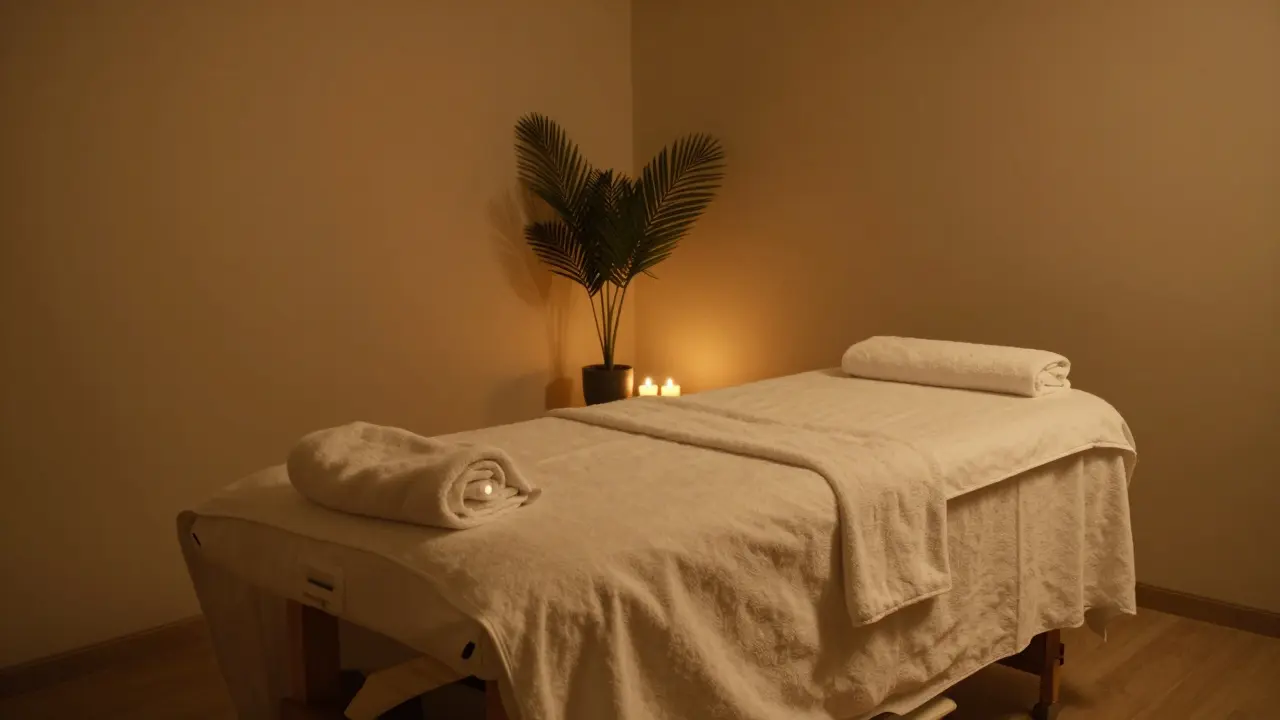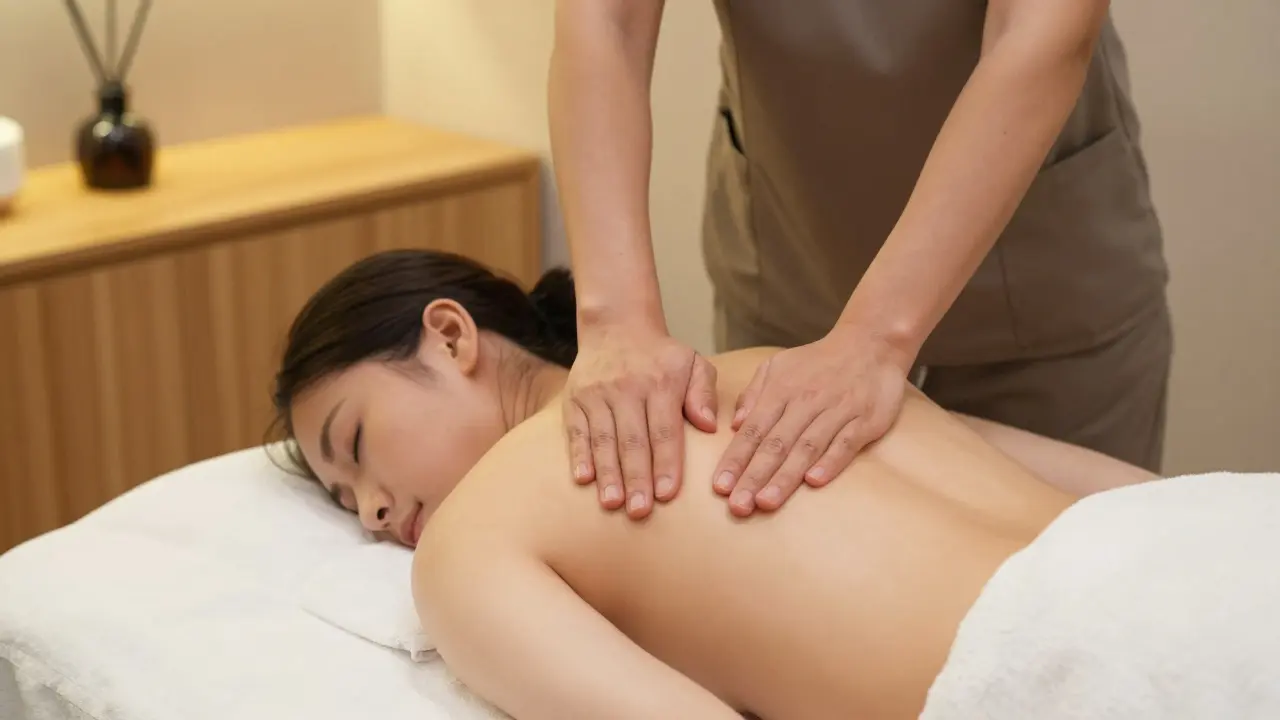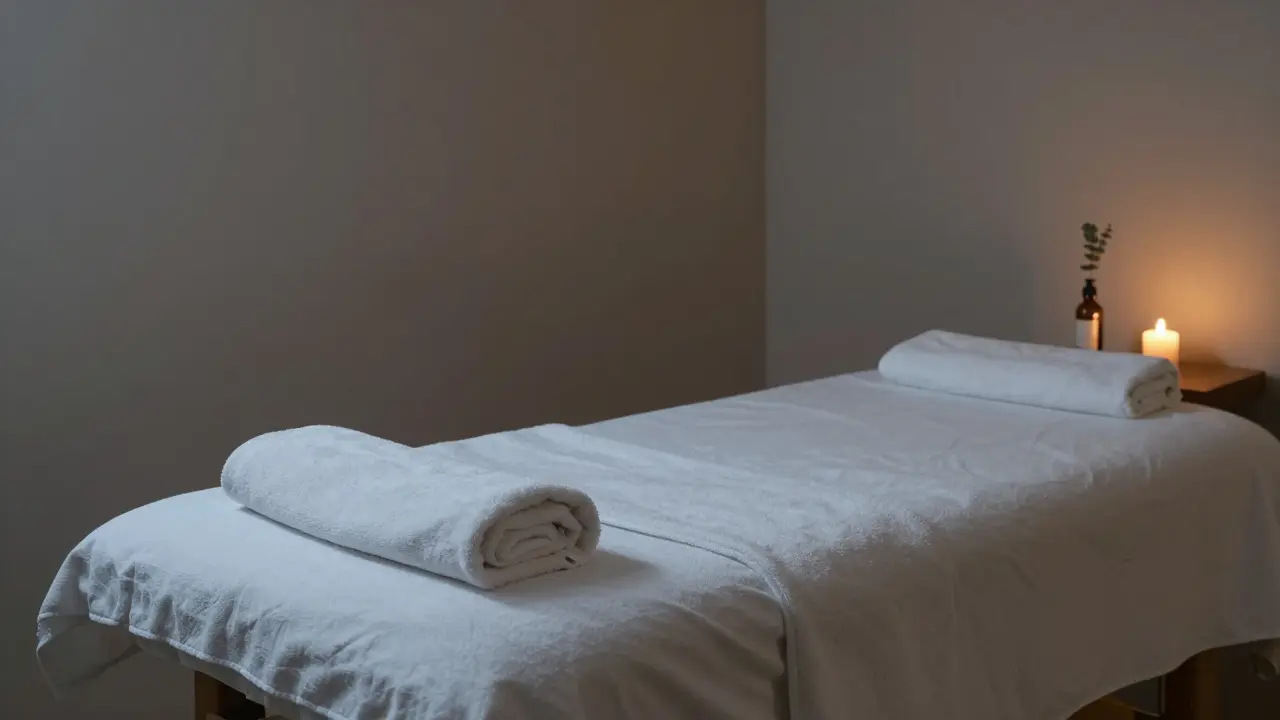Foot Massage Contraindications: Essential Guide
If you love a good foot rub, you probably think it’s always a safe way to unwind. The truth is, a few health conditions turn a foot massage from relaxing to risky. Knowing the red flags helps you avoid pain, bruising, or worse, and makes sure your spa visit stays pleasant.
When a Foot Massage Could Be Harmful
First off, open wounds or infections on the feet are a big no‑go. Bacterial or fungal infections spread quickly when the skin is pressed, so tell your therapist if you have cuts, blisters, athlete’s foot, or any sores.
Diabetes is another common trigger. High blood sugar can cause poor circulation and nerve damage. A firm massage might cause an ulcer or aggravate an existing one. If you have diabetes, ask the therapist to use light pressure and avoid deep kneading.
Blood clotting problems, like deep‑vein thrombosis (DVT) or recent surgery, also demand caution. A vigorous foot massage can dislodge a clot, leading to dangerous complications. If you’re on blood thinners or have had recent leg surgery, skip the massage or request a very gentle approach.
Pregnancy, especially in the first trimester, requires a careful touch. Certain foot points are linked to uterine stimulation in traditional reflexology. While many therapists are trained to avoid those spots, it’s safest to let them know you’re expecting.
Heart conditions such as arrhythmia or recent heart attacks should also make you pause. The pressure can raise heart rate and blood pressure. A light, calming foot massage is usually fine, but always check with your doctor first.
How to Communicate Your Health Issues
Being upfront with your therapist saves everyone trouble. Most spas, including Dubai’s Blue Star Arabic Spa, have a short questionnaire. Fill it out honestly – mention any allergies, medications, recent injuries, or chronic illnesses.
If you’re unsure whether a condition matters, ask. A good therapist will explain why a certain pressure level might be risky and suggest alternatives like a gentle foot soak or a light stretch.
During the session, speak up if something feels too strong. You can say, “That’s too much pressure,” or “Can we avoid this area?” Therapists appreciate feedback because it helps them tailor the treatment to you.
After the massage, watch for unusual swelling, bruising, or lingering pain. Minor soreness is normal, but anything that worsens over the next day should be checked by a health professional.
Bottom line: foot massages are safe for most people when you’re clear about your health status. By flagging infections, diabetes, clotting issues, pregnancy, and heart problems, you keep the experience soothing rather than harmful. Use this guide the next time you book a session at a Dubai spa – you’ll walk out feeling relaxed, not regretting.






